Understanding the Incognito AML Policy
The Incognito AML Policy is an essential framework for organisations aiming to combat financial crime effectively. Focused on countering money laundering and ensuring compliance, it serves as a foundation for secure business operations in various industries. Businesses adopting this policy enhance their credibility and mitigate risks associated with illicit activities.
Anti-money laundering (AML) strategies are vital in safeguarding institutions from threats posed by unlawful financial transactions. The Incognito AML Policy emphasises proactive measures to identify, prevent, and report suspicious activity while adhering to legal requirements. Its role extends to creating a culture of accountability within organisations.
Key Objectives of the Incognito AML Policy
The primary aim of the Incognito AML Policy is to establish robust measures to counter money laundering and related crimes. By setting clear standards, organisations can protect their operations and clients effectively. Understanding these objectives helps professionals implement better controls.
Detection of Suspicious Activities: Identifying unusual transaction patterns or behaviours indicative of potential money laundering.
Compliance with Regulations: Adhering to international and national laws regarding financial crimes and reporting obligations.
Training and Awareness: Educating staff on AML practices to foster vigilance and accountability.
Protecting Organisational Integrity: Safeguarding the reputation and operational integrity of businesses.
Preventing Financial Abuse: Reducing risks associated with funding illegal activities, such as terrorism or organised crime.
These objectives are central to building a resilient AML strategy. By focusing on these principles, organisations can better align their goals with compliance requirements and ethical standards.
Components of the Incognito AML Policy
The policy comprises several essential elements designed to establish a comprehensive approach to anti-money laundering. Each component plays a pivotal role in ensuring compliance and efficiency in monitoring activities.
| Component | Description |
|---|---|
| Risk Assessment | Evaluating potential risks posed by customers, transactions, and geographic regions. |
| Customer Due Diligence (CDD) | Verifying client identities and understanding their financial behaviour. |
| Suspicious Activity Reporting (SAR) | Notifying authorities of irregular or unlawful transactions. |
| Ongoing Monitoring | Continuously reviewing transactions and client activities for irregularities. |
| Training Programs | Providing regular education to employees on AML procedures and responsibilities. |
Understanding these components is key for professionals seeking to implement effective AML measures. Each element contributes uniquely to creating a cohesive strategy against financial crime.
Implementing the Incognito AML Policy
Setting up an AML policy involves careful planning and adherence to specific steps. Businesses must ensure every element of the policy integrates seamlessly into their existing frameworks for maximum efficiency.
Develop a Comprehensive Risk Assessment: Identify and categorise risks to tailor controls appropriately.
Formulate a CDD Process: Establish protocols for verifying and documenting client identities.
Set Up a Reporting System: Create streamlined channels for reporting suspicious activities to regulatory authorities.
Integrate Monitoring Tools: Leverage technology to continuously monitor transactions for irregularities.
Conduct Regular Audits: Assess the effectiveness of AML measures and update policies to address new risks.
These steps form the backbone of a successful AML policy. Following them diligently ensures organisations are well-prepared to combat money laundering activities effectively.






